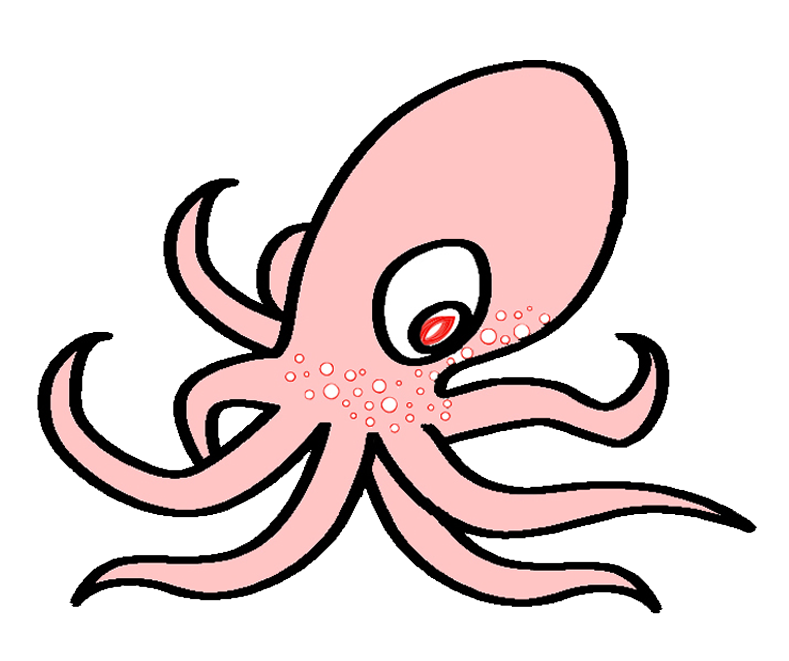Le Pouffre, a speciality of Sète
Le Pouffre and Le Piade***
Le Pouffre and its tielle, a speciality of Sète
In short
Here, you’ll learn all about the famous Sète speciality, the tielle! This specialty pie, brought to Sète in the 19th century by Italian immigrants from Gaeta, was originally a practical dish for fishermen, made with octopus, tomato and covered in dough. It became a staple in the town’s working-class neighbourhood,known as Petite Naples, where many Italians settled. The Dasse, Virducci and Cianni families played a key role in commercialising the tielle, making it a beloved local delicacy. Today, Cédric Annarumo continues this tradition with his unique creation, “La Giulietta,” featuring aubergine, Parmesan, and tomato sauce. Read on!
What does Le Pouffre mean?
If you’re familiar with the town of Sète, the largest fishing port in the Mediterranean, you’ll certainly be familiar with its Place de la Mairie, on which stands a magnificent octopus fountain known as the “Fontaine du Pouffre“. The octopus, one of the town’s emblems, is called “le pouffre” in the vocabulary of the Languedoc fishermen.
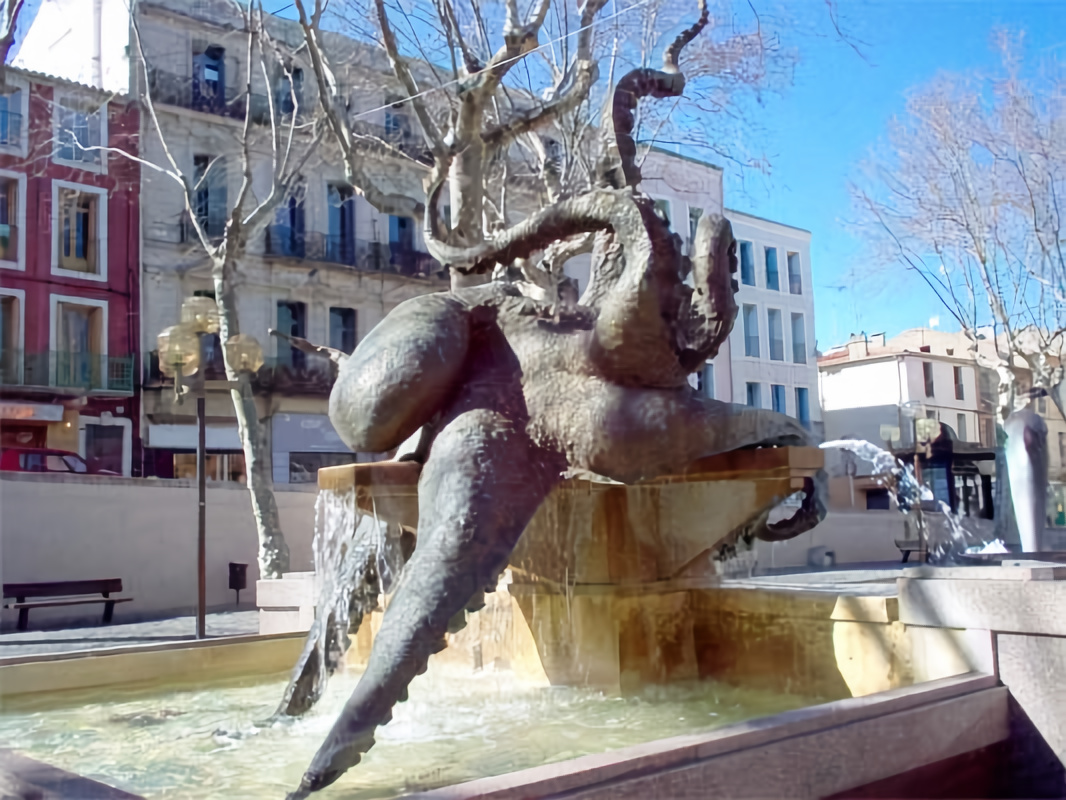
Place Léon Blum opposite Sète Town Hall, also known as Place du Pouffre by the locals, with its famous fountain sculpted by Pierre Nocca.
The “Fontaine du Pouffre” in Place Léon Blum answers a number of architectural, historical and political questions. In 1985, the mayor of Sète, Yves Marchand, wanted to transform what had been a dark, overgrown car park for 15 years into a place to meet and relax. The mayor commissioned Pierre Nocca to build a large fountain depicting an octopus. The subject chosen by Pierre Nocca, an octopus, is a reference to the tielle, a speciality of Sète, and to the history of art, where octopuses have appeared since Antiquity.
History of the tielle: Sète’s speciality
Sète celebrates the octopus through one of its typical gastronomic specialities, the “tielle de pouffre“. This pie came to Sète from Italy with emigrants from Gaeta, north of Naples, at the end of the 19th century, and more specifically from the small fishing town of Borgo de Gaete, which was under Spanish rule in the century of Charles V. In those days, a little oil, a few anchovies and olives on bread was an everyday staple.
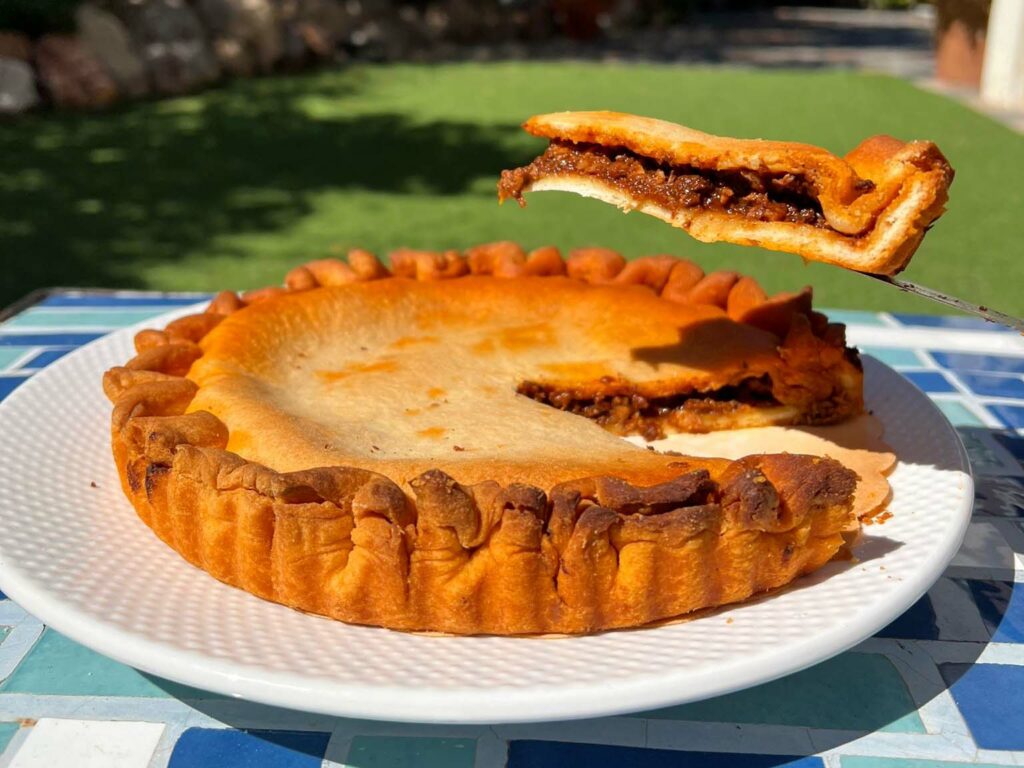
The Italians soon noticed that the Iberian soldiers were making almost the same thing, but covering it with dough to make a pie. This certainly amused them, but they realised that this pie would keep longer than their pizza, which dried out quickly. At a time when refrigerators didn’t exist, this was very important, especially for preservation when fishermen were away at sea for several days at a time. The Italians decided to copy their invaders by covering their pizza with dough. The technique was perfected and, for practical reasons, the pie was no longer placed directly on the oven hearth as with pizza, but in a terracotta dish called a “teglia” (if you go to Spain, ask for an “empanada” and you’ll see the resemblance).
In Gaeta, the tielle was prepared in several ways: seafood tielle, with octopus, sardines, anchovies, shrimps, mussels… and “land” tielle, with snails and pine nuts, eggs and zucchini. However, in Sète, only the octopus tielle became established.
The tielle in Sète’s high district
The tielle became the staple food of fishermen living in Sète’s high district, where the Italian community settled. Compared to the opulent Sète society enriched by the wine trade, this was a poor neighbourhood where they lived according to their customs and spoke Neapolitan. The mainstay of their diet was the fish the fishermen brought home. These fishermen rarely went into town. Sétoise society at the time didn’t appreciate the tielle and considered it the food of the poor.
The picturesque Quartier Haut, overlooking the harbour, is known as “Little Naples” because the fishermen who live here are originally from the Amalfi Coast and have brought with them the atmosphere of southern Italy.
Adrienne, the founder of Sète’s tielle
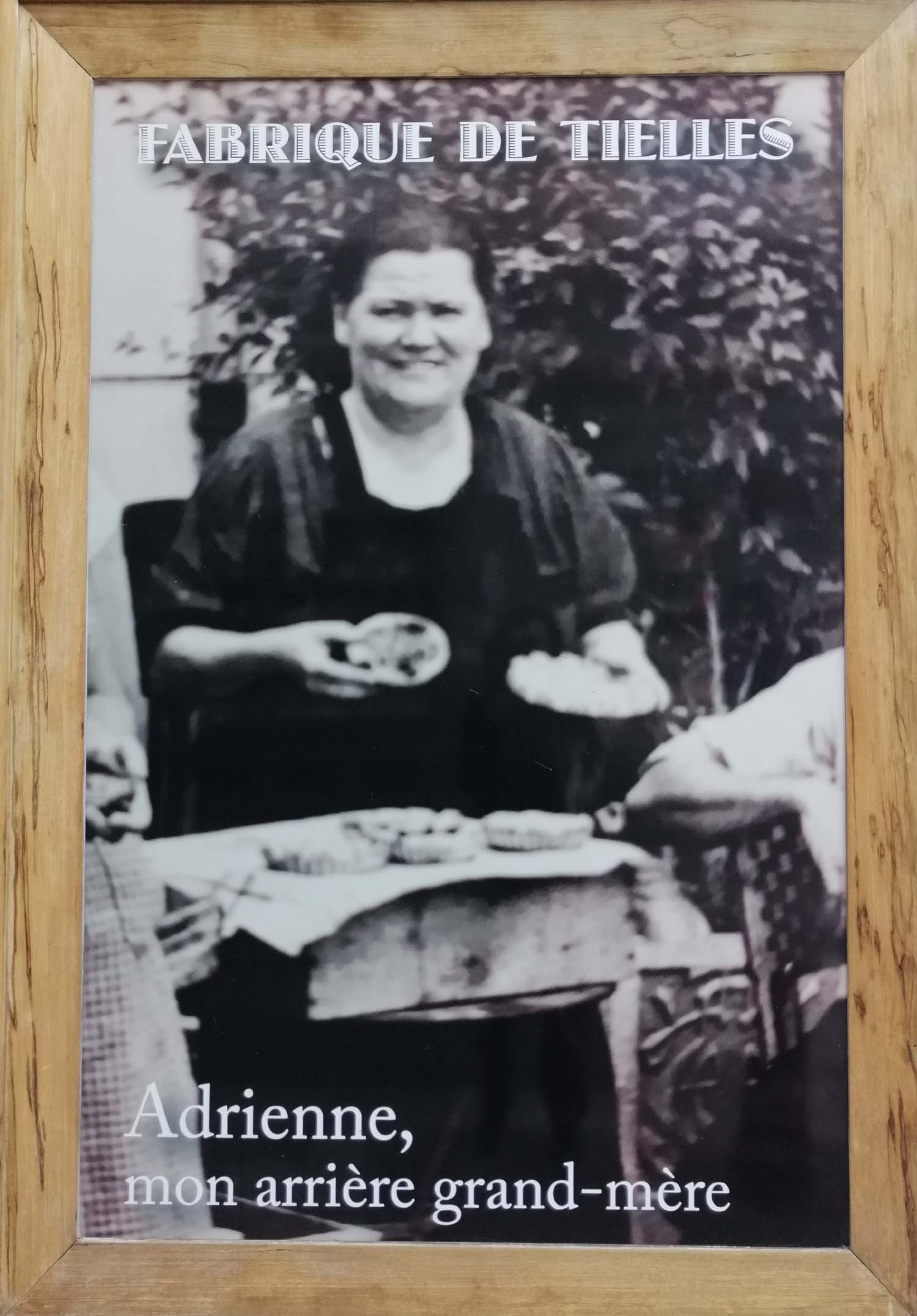 In the 1930s, Agde-born Adrienne Pages ran a small shellfish shop with her husband Bruno Virducci, a southern Italian. Her octopus pies were famous in the area where she baked them at Lubrano’s, the baker on rue Garenne in Sète’s high district.
In the 1930s, Agde-born Adrienne Pages ran a small shellfish shop with her husband Bruno Virducci, a southern Italian. Her octopus pies were famous in the area where she baked them at Lubrano’s, the baker on rue Garenne in Sète’s high district.
Neighbours began to appreciate the tielle and regularly asked for more, so much so that the baker was overwhelmed by Adrienne’s visits and a solution had to be found. In 1937, her son-in-law, Mimi Cianni, went to a Marseille fair to buy a suitable oven to install in their house. And so the story began; little did Adrienne know that the golden age of this pie was about to begin!
Adrienne then moved her small business in front of the bar La Marine, and her son Achille set up a small artisanal factory under the stairs in the street above, opposite the fish market. In the 1960s, this small production was sold at his sister Raymonde’s shellfish stall. A few years later, Achille married and also set up his own shell stall where he sold his tielles.
The tielle families: Dasse, Virducci and Cianni
Until the 1970s, these stands were the only places to find tielles in Sète. Then, two of Adrienne’s daughters embarked on the tielle adventure: one married into the Dasse family and the other into the Cianni family, who continued the tradition. That’s why today you’ll still find the grandchildren and great-grandchildren at the head of the Dasse, Virducci and Cianni artisanal factories; Sète tielle is the prerogative of a dynasty, that of Adrienne and Bruno Virducci and their descendants, who have inherited the recipe and know-how.
And the Giulietta??!
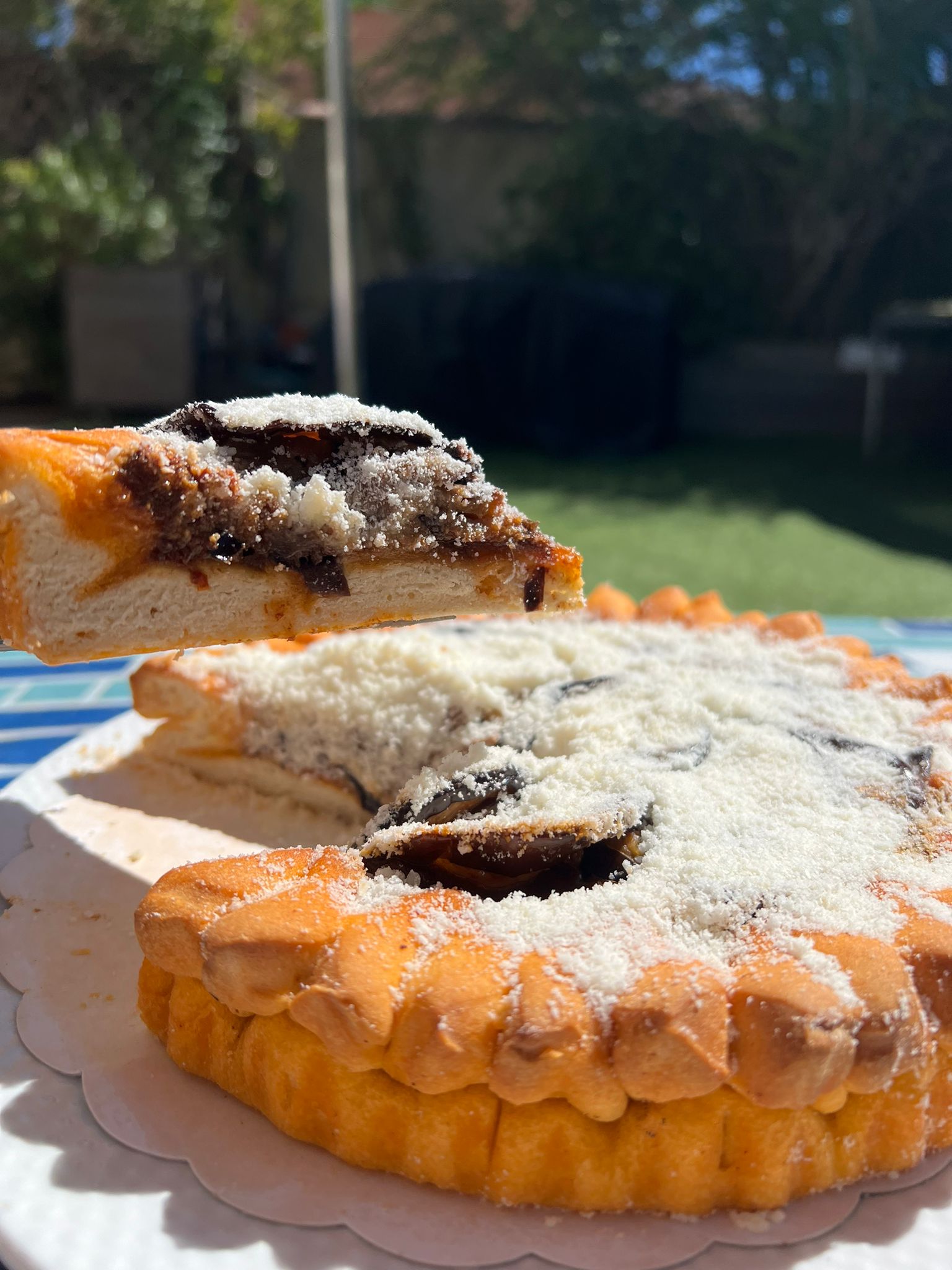 Created in 2015 by Cédric and Vanessa Annarumo, la Giulietta is a newcomer to the world of Sète specialities. La Giulietta is made in the purest artisanal tradition, spiced just right. The recipe is a tribute to his grandmother, originally from the Cetara region near Gaeta. “I didn’t invent anything“, he admits, “My grandmother used to make this when she didn’t have enough dough to cover the pie“.
Created in 2015 by Cédric and Vanessa Annarumo, la Giulietta is a newcomer to the world of Sète specialities. La Giulietta is made in the purest artisanal tradition, spiced just right. The recipe is a tribute to his grandmother, originally from the Cetara region near Gaeta. “I didn’t invent anything“, he admits, “My grandmother used to make this when she didn’t have enough dough to cover the pie“.
This specialty offers a creative spin on the classic tielle, combining fried aubergine, Parmesan cheese, and tomato sauce within a tender dough. Cédric’s team also creates anchovy-topped pizzas, mozzarella and octopus pies and mussel-filled pastries.
Each day, the team bakes these artisanal products in its workshop. It’s a must-visit for anyone craving authentic Mediterranean and Italian flavours in Sète.
Where to buy tielles and la Giulietta?
To taste the best tielles and la Giulietta in Sète, go to:
- Tielles Cianni Marcos, 24 Rue Honore Euzet or at the Tielles Cianni stand in Les Halles
- Dassé Patimer, 35 rue de la Révolution
- La Cettoise -Tielles aux saveurs d’antan, 2 Rue du Palais
- La Giulietta, 29 avenue Victor Hugo and in Les Halles Centrales de Sète
Note: All photos are the property of Leigh and Mehdi Kamraoui and lepouffre.com. They are not free of rights.

